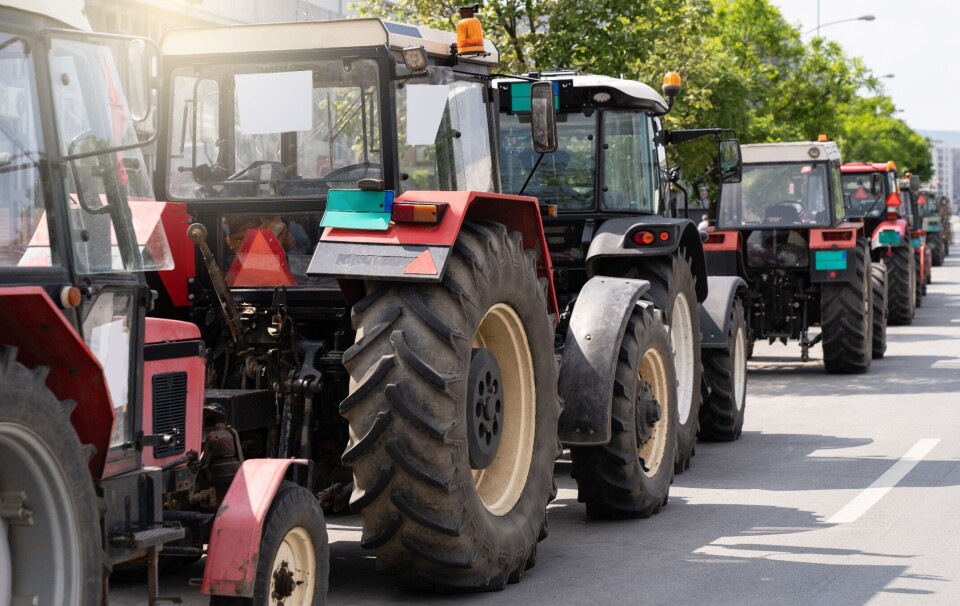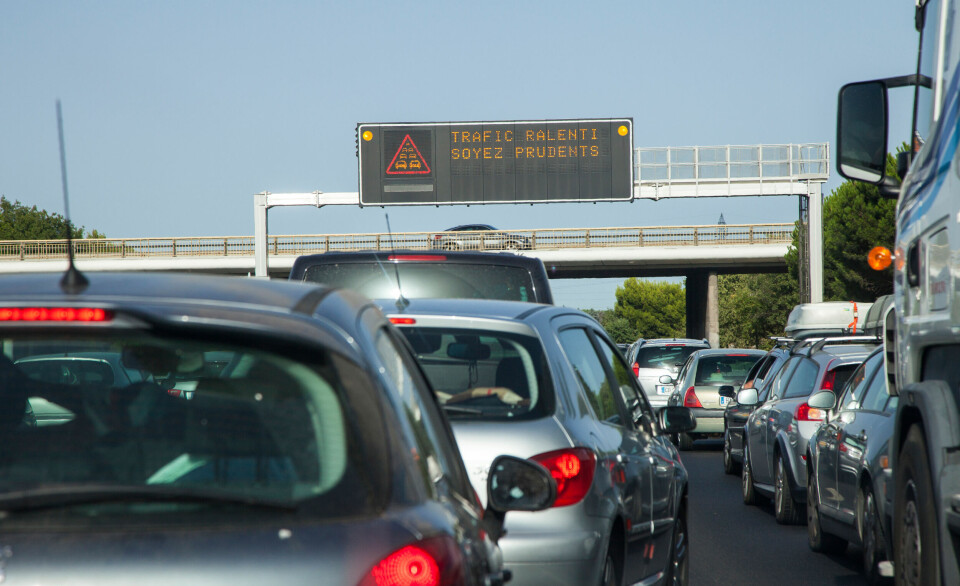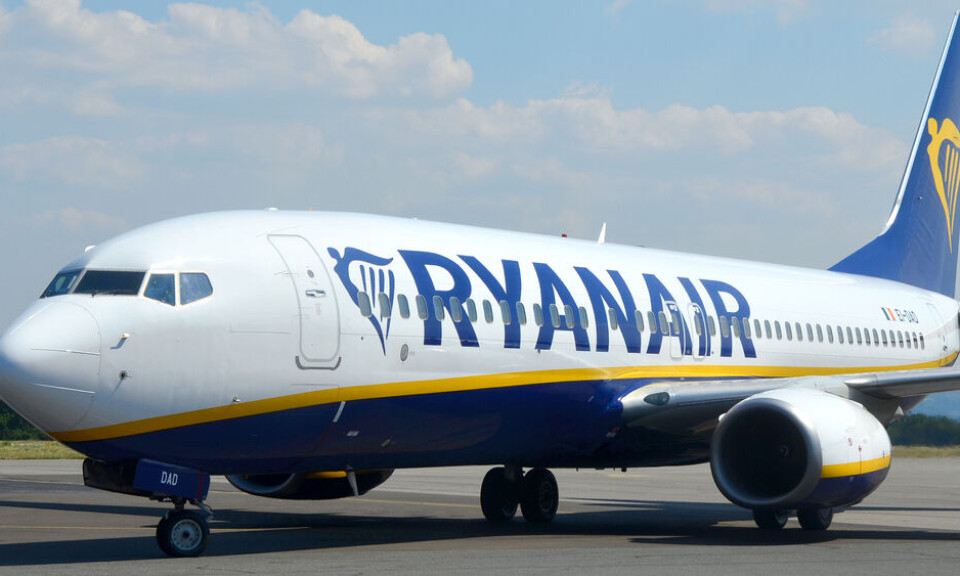-
Why does eastern France celebrate Saint-Nicolas on December 6?
Father Christmas may be known for his present delivery on December 24, but in the east of France, another bearded figure bearing gifts is celebrated much earlier in the month
-
5 French films and TV series to watch in December
From comforting comedies to powerful documentaries, there is something for everyone this winter
-
December events in France: art, fashion and the Titanic
Explore Gustave Courbet's masterpiece at Musée d’Orsay, 1920s fashion at La Piscine, Picasso Museum's expansion, and the Titanic exhibition in Lyon
Make sense of... MJC cultural centres
Maisons des Jeunes et de la Culture (MJCs) play an important role at the heart of many communities. In 2018 they will mark their 70th anniversary

Although young people remain a vital part of their work, Maisons des Jeunes et de la Culture (‘houses of young people and culture’) offer activities to people of all ages.
Respect for diversity and understanding digital media are among the hot topics for workshops and debates in the centres at the moment – but plenty of more traditional activities are still on offer.
Founded in 1947, there are now around 1,200 MJCs, a third being affiliated to the French Federation of MJCs (FFMJC).
Its culture and development director Anne-Marie Bourrouilh said: “We got things off the ground at the end of the Second World War when it was about helping young people play a part in the reconstruction of our country after the war.
“That’s why it’s called maison des jeunes, but our aim is to appeal to everyone. There is also ‘culture’ in the name, which for us is cross-generational and cross-cultural.”
Each MJC is an association and ones in the FFMJC network are also recognised by the Youth and Culture Ministries. “We all support éducation populaire [accessible lifelong learning] to enable each person to develop their personality, to take part in the life of the community, to organise group projects for a certain district or town etc.” MJCs in large cities are often focussed on the cultural side, for example putting on shows or films.
“Some are located in quartiers populaires [working class districts] where they give opportunities to everyone to access culture and knowledge and to express their own culture by setting up projects.
“Ones in the countryside work closely with the commune on village festivals, music festivals or children’s libraries...”
Music, dance and drama are all popular, as well as physical activities like yoga and gym.
Funding comes from mairies, which usually provide premises in a municipal building and grants (from around €500 for a small rural MJC to €300,000 a year for a large one in a socially difficult urban area). Other levels of local government often help, while MJCs offering cultural activities also attract funds from the Dracs (regional branches of the Culture Ministry) and the caisse d’assurances sociales may be involved if they have a ‘social welfare’ role. People running activities may be volunteers or paid professionals.
Ms Bourrouilh said: “We have, for example, a lot of MJCs in Nouvelle Aquitaine and a lot on the Riviera and in Provence. Readers might like to know they often offer activities for children and teenagers outside school hours and in the holidays.”
A modest annual joining fee (adhésion) which includes insurance is required before you can take part in regular activities, which in turn are often paid for with a termly or annual fee. Other activities such as concerts, films or debates, are paid for as a one-off or are free and do not require membership, though there may be reduced members’ rates.
“Most people start coming for a certain activity, but the MJC can become part of their social lives. Some MJCs have cafés,” Ms Bourrouilh said.
“Workshops and debates can help you get to know people, or hiking clubs which arrange outings to the mountains on a Saturday or to the countryside or seaside, which are often organised by volunteers.”
The FFMJC maintains close links with the Culture Ministry to foster amateur practice of the arts. It also offers training and support to those running activities.
Ms Bourrouilh said debates on topical issues have become popular. “It’s issues such as secularism and diversity and coming together of different cultures, so people can meet and respect each other: equality and Republican values.
“MJCs are often places where locals meet with new arrivals, a place where people can make social links and integrate. Some, such as the MJC Picaud in Cagnes-sur-Mer in the Alpes-Maritimes, offer language classes and conversation groups, including in French.”
Next year marks 70 years with the Rencontres Nationales des MJC in Saumur, Val-de-Loire from May 19-21. There will be shows, parties and practical workshops plus debates with community and political leaders, researchers and people from the arts and sports. “It aims at giving us a springboard for the years to come,” Ms Bourrouilh said.
“People will be sharing practices they have been developing. MJCs help launch artistic movements – hip-hop developed in France in the MJCs. They’re places for emerging culture, where people can be helped to get projects going.”
One big trend now is studying and producing media.
“It’s important for everyone to be able to talk about what is happening in their life. Some MJCs set up web radio and TV shows, to talk about positive things in their district or about local events, and how people live their lives. There are workshops on how to do it which may be run by local radio or TV, so people are not just consuming information, but producing their own.
“There is also a lot of work on the ‘image’ at the moment, whether it’s cinema, digital photography, social media…
“We want to give young people tools to understand images and what’s fake or not – there are image education workshops where they look at what message is being conveyed.
“And coming up we have Les 24 heures des réalisations, where we will invite teams of young people to make short films on a subject pulled out of a hat which they will show to a professional jury after 24 hours who will offer them feedback.”
Stay informed:
Sign up to our free weekly e-newsletter
Subscribe to access all our online articles and receive our printed monthly newspaper The Connexion at your home. News analysis, features and practical help for English-speakers in France
The image here was drawn by artist Perry Taylor.For more of his work see www.perrytaylor.fr
























